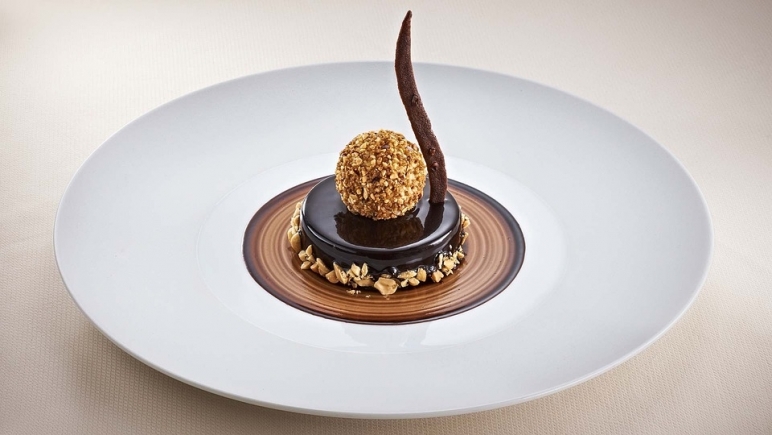The last Eurosense seminar gave us the opportunity to present an original use of the R3m score in the context of gourmet meals.
You will find below the summary of the intervention and the slideshow presented by Bénédicte Lunel, Associate Director Repères.
Many thanks to Agnès Giboreau and Laura Zerbini from Institut Paul Bocuse for this great collaboration!
_____________________________________
In the context of high-end food, such as meals in a gourmet restaurant, traditional consumer tests using rating scales make little distinction between recipes, which are often considered to be all excellent. In addition, recipes are often complex, with many stimuli that contribute to the general judgment: the visual aspect of the plate, the flavour and texture of each component, for example meat, vegetable 1, vegetable 2, sauce, starch...
The objective of this work is to define a way to measure consumer opinion on complex dishes, allowing recipes to be compared and conclusions to be drawn for possible improvements.
The method chosen is based on a measure of emotional activation detected in spontaneous language, the underlying assumption being that this approach will be more discriminating than traditional declarative scales of assessment. Consumers are asked to give 3 words to describe their experience of the dish. Then, the R3M score algorithm takes into account the structure of the language: the meaning but also the nature of the word (grammatical, logical, valence...) and the context of verbalization. Consumers also answered the Paul Bocuse Institute's standard questionnaire: overall appreciation of the dish and positive and negative reasons for the appreciation. Regular customers of the restaurant participated in the study (n=120). Four dishes from two menus were evaluated: Creativity Menu and Wellness Menu.
From a general point of view, both methods gave consistent results and show that the Creativity menu was slightly preferred.
The R3m score also detected a difference in assessment between the entries of the two menus, which was not perceptible with the usual assessment scale.
The detailed analysis of spontaneous language also identified associated emotions that were not verbalized in the declarative measures. More specifically, it made it possible to identify certain sensory characteristics that could be adjusted for better satisfaction.

